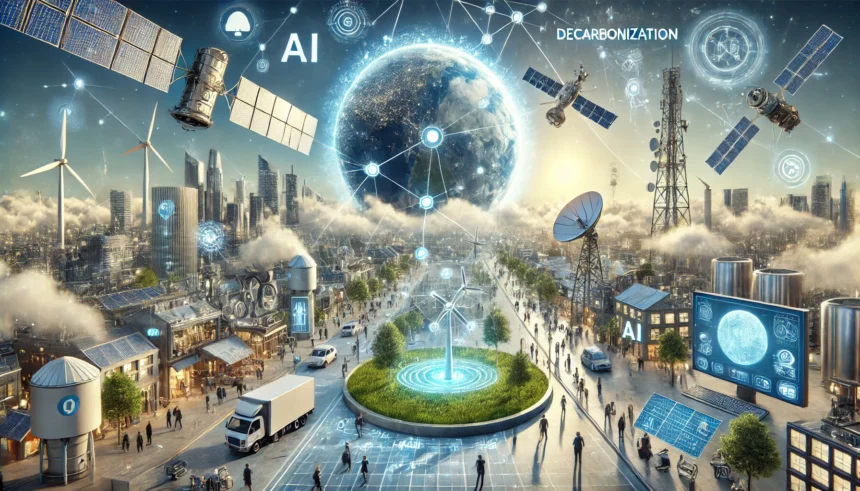More than half of the world’s population is already feeling the impacts of the climate crisis. Technology plays a crucial role in managing resources and speeding up decarbonization to create a sustainable future. Let’s dive into three surprising ways technology is being deployed to address the climate crisis.
1. Earth Observation for Nature Conservation
What is Earth Observation (EO)?
- Definition: Collecting information about the Earth’s surface, waters, and atmosphere using remote sensing platforms (ground, air, and satellite).
- Application: Monitors and assesses natural and human-made environments.
Impact and Benefits
- Economic Potential: Could drive $3.8 trillion in economic benefits by 2030.
- Environmental Impact: Could reduce greenhouse gas emissions by more than 2 gigatonnes annually.
Key Initiatives
- Global Ecosystem Mapping: Led by Yana Gevorgyan from the Group on Earth Observations, a collaborative effort is underway to create an open online resource called ‘Atlas’ to map global ecosystems.
- Purpose: Provides detailed maps to help governments and individuals take action for nature conservation.
2. AI for Decarbonization
Role of Artificial Intelligence (AI)
- In Research: Accelerates discoveries in various scientific disciplines.
- In Climate Tech: Facilitates the development of new, sustainable chemicals, fuels, and materials.
Innovative Use
- Insilico Medicine’s Pharma.AI Platform: Initially used for drug development, now also applied to identify solutions for efficient carbon capture.
- Focus Areas: Metal-organic frameworks and amines for creating filters that capture and reuse CO2.
Future Prospects
- Sustainability: Efficient carbon capture technologies could significantly contribute to reducing atmospheric CO2.
- Economic Opportunities: Captured CO2 can be used in biomanufacturing, artificial food production, and other industrial purposes.
3. Aviation for Green Energy
Wind Turbines
- Current Challenges: Onshore wind turbine size is limited by road and rail transportation constraints.
- Solution: Developing WindRunner, the world’s biggest plane, to deliver larger rotor blades for wind turbines.
WindRunner Features
- Size: 12 times bigger in volume than a 747 aircraft.
- Landing Capability: Can land on shorter strips than any commercial plane.
Impact on Energy
- Capacity Increase: Could double the capacity of onshore wind turbines.
- Economic Viability: Opens up new land masses and revenue streams for communities and farmers.
Future Vision
- Fleet Deployment: Radia plans to establish a fleet of WindRunner planes operating from hubs worldwide, enhancing wind energy infrastructure and contributing to carbon reduction efforts.
Conclusion
Technological innovations are playing a pivotal role in addressing the climate crisis. From earth observation for nature conservation to AI-driven decarbonization solutions and advanced aviation technology for wind energy, these advancements offer hope and practical solutions for a sustainable future. By embracing these technologies, we can better protect our planet and ensure a healthier environment for generations to come.
















